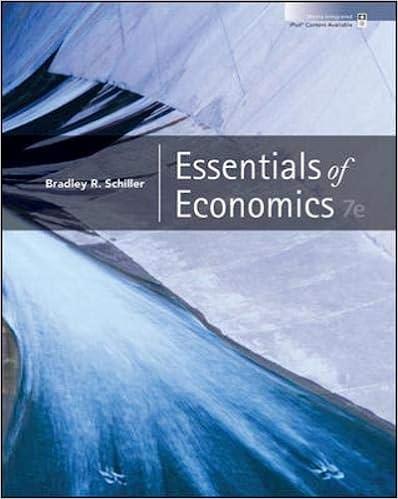Question
A. According to the Coase theorem, why would a Hobart zinc refinery that is legally allowed to emit pollution agree to reduce its pollution emissions
A. According to the Coase theorem, why would a Hobart zinc refinery that is legally allowed to emit pollution agree to reduce its pollution emissions even though it is not in its own private interests?How might transactions costs prevent this?
B. Suppose for every $1 of poppies grown in Tasmania that $0.05 of environmental damage is done from fertiliser entering river systems and other water ways.
i.What type of externality is growing poppies causing?
ii.Explain why the social marginal cost ofpoppiesis higher than the private marginal cost.
iii.Explain why the environmental damage from growing poppies causes a dead-weight loss.
iv.Suggest a market-based policy that will eliminate the dead-weight loss and how it will achieve the socially efficient level of poppies in Tasmania.
C. Suppose 3 kelp harvesters each send 1 boat each week to harvest bull kelp off Granville Harbour. Each boat returns with a harvest worth $1,150.It costs $1000 per boat per week to harvest the bull kelp.Every additional boat beyond 3 that is sent to harvest kelp results in the harvest falling by $50 per boat for all kelp harvesters.
i.Why does an individual kelp harvester have an incentive to add another boat?
ii.Why is adding another boat not socially optimal?
Step by Step Solution
There are 3 Steps involved in it
Step: 1

Get Instant Access to Expert-Tailored Solutions
See step-by-step solutions with expert insights and AI powered tools for academic success
Step: 2

Step: 3

Ace Your Homework with AI
Get the answers you need in no time with our AI-driven, step-by-step assistance
Get Started


